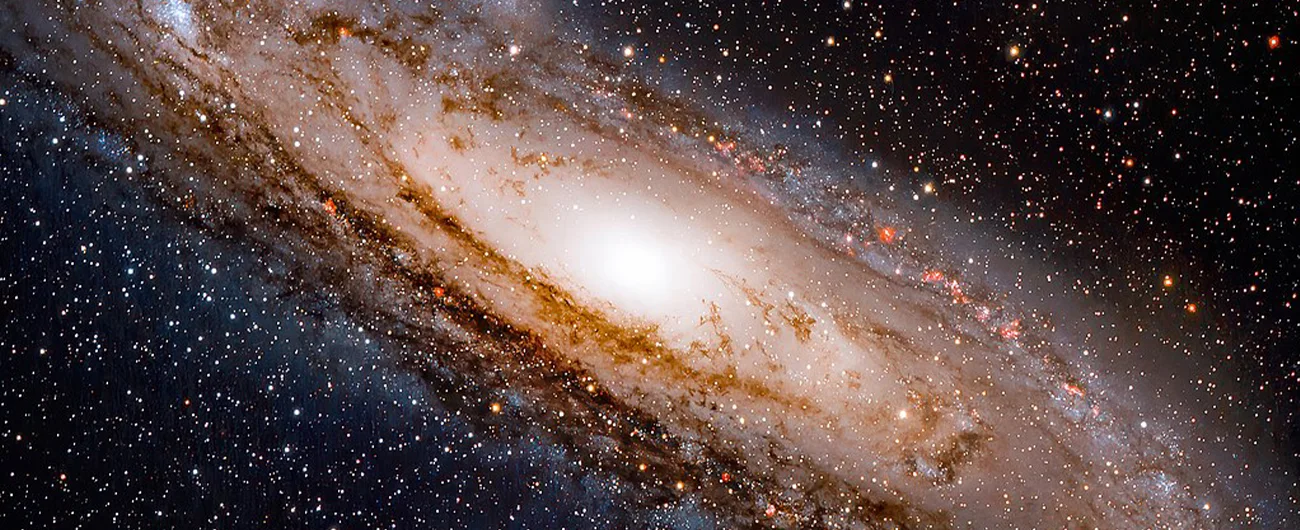The Universe is full of mysteries, and many of them are hidden from our view. Scientists have been studying these hidden secrets for decades, using a variety of techniques to try to uncover what lies beyond what we can see.
The hidden Universe refers to the parts of the cosmos that are not directly observable by traditional astronomical techniques, such as those based on electromagnetic radiation. Here are a few things that science tells us about the hidden Universe:
Dark Matter
One of the most significant mysteries of the Universe is dark matter. Scientists know that it exists because of the gravitational effects it has on visible matter, such as stars and galaxies. However, they have yet to directly detect it. Dark matter is estimated to make up about 27% of the Universe, while ordinary matter makes up only 5%. The rest is believed to be dark energy, which we’ll discuss later in this article.
Dark matter is thought to be composed of particles that do not interact with electromagnetic radiation, which is why it cannot be seen directly. However, scientists are actively searching for dark matter particles using experiments such as the Large Hadron Collider and the Dark Energy Survey. They hope that by detecting dark matter particles, they can gain a better understanding of the Universe’s structure and evolution.
Dark Energy
Dark energy is another mysterious component of the Universe, believed to make up about 68% of the total energy in the cosmos. Unlike dark matter, which exerts a gravitational force on visible matter, dark energy is thought to be responsible for the accelerated expansion of the Universe. This acceleration was first discovered in 1998, and it remains one of the most significant puzzles in astrophysics.
Scientists have proposed several theories to explain dark energy, including the cosmological constant and the quintessence model. However, there is still much we do not know about this elusive force. One possibility is that dark energy is not constant but varies over time or that it is the result of the interaction of fundamental particles that have yet to be discovered.
Neutrinos
Neutrinos are subatomic particles that are difficult to detect because they interact very weakly with matter. However, they are produced in large numbers in the Sun and other astrophysical sources, and studying them can provide insight into the processes that power these sources. Neutrinos have a mass that is much smaller than that of other subatomic particles, and they come in three different flavors: electron, muon, and tau.
One of the most exciting developments in neutrino research was the discovery of neutrino oscillation, which showed that neutrinos can change from one flavor to another as they travel through space. This discovery helped to confirm that neutrinos have mass, which was once a topic of debate among scientists.
Gravitational Waves
Gravitational waves are ripples in spacetime caused by the motion of massive objects, such as black holes or neutron stars. These waves were predicted by Albert Einstein’s theory of general relativity, but it took almost a century for scientists to develop the technology to detect them directly. In 2015, the Laser Interferometer Gravitational-Wave Observatory (LIGO) made the first direct detection of gravitational waves, which confirmed a major prediction of Einstein’s theory.
Gravitational waves provide a new way to study the Universe, allowing scientists to observe events and objects that are invisible to traditional astronomical techniques. For example, gravitational waves have been used to detect the mergers of black holes and neutron stars, providing insights into the nature of these mysterious objects.
Exoplanets
While not strictly part of the “hidden Universe,” exoplanets – planets that orbit stars other than the Sun – were once thought to be rare, but are now known to be very common. New telescopes and techniques are being developed to study these worlds in more detail, potentially revealing whether they have conditions that could support life.




